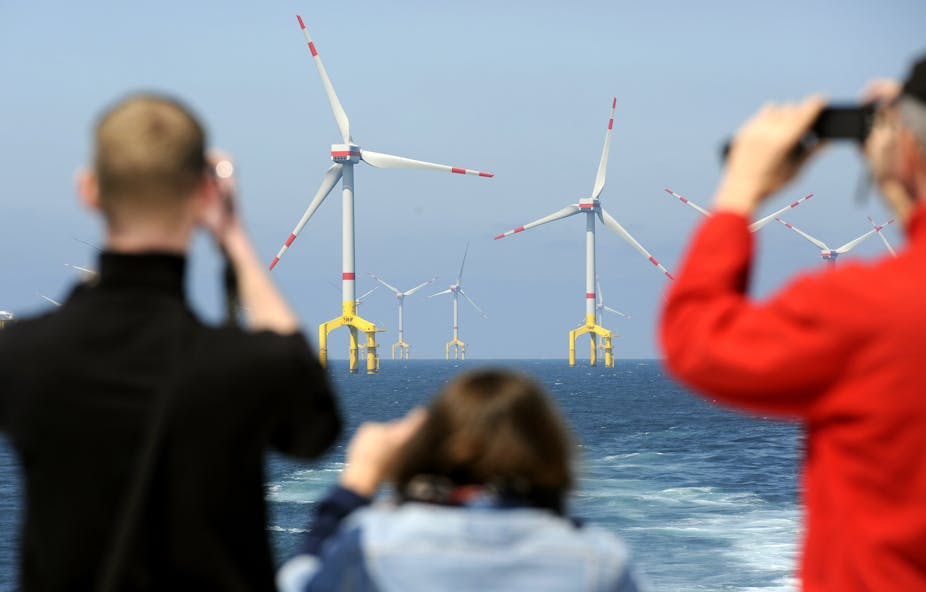The UK faces the possibility of blackouts due to electricity shortages in the near future – maybe even this winter. The country therefore needs a strong balanced mix of traditional and renewable energy more than ever.
As Scotland generates more electricity than it uses, most of these potential blackouts will be in England. Therefore it is all the more puzzling that the UK government has failed lamentably to ensure adequate support for offshore wind.
For a windy island nation, offshore wind power generation is vital; it not only complements traditional generation methods but does so in a more sustainable way. And yet projections have been significantly scaled back: UK government estimates of expected offshore wind generation by 2020 have gone from 18 gigawatts (DECC, back in 2012) down to just 10 GW (Crown Estate, June 2014).
This short-sighted approach has seen many projects in Scottish waters being mothballed or cancelled altogether in the past couple of years. RWE, Scottish Power, Centrica and SSE – four of the UK’s “big six” energy suppliers – have all dropped out of new wind projects in the past year. The latest casualty is the French behemoth Technip which is withdrawing from offshore wind-power production in Scotland with a possible loss of 190 jobs.
The cancellations have been caused by a variety of issues – political will, challenging ground conditions, potential environmental impacts. These factors combine to affect the economic viability of new wind farms. Accessing finance for these large, capital-intensive projects is a major challenge and investors don’t want to put their money into a sector with an uncertain future.
This is the worst of both worlds: fewer wind farms than expected, which in turn may be insufficient to drive costs down to the target of £100/MWh for offshore wind. It is at this rate the industry is viewed to be commercially viable – and innovative companies across the industry such as Technip have already made significant efforts to deliver wind power this cheaply.
Government policy could address this but the coalition’s flagship initiative – Electricity Market Reform (EMR) – is in a state of disarray and has led to a hiatus in offshore wind investment.
The pot of government money available does not appear to be sufficient to fund new and very expensive nuclear plants at the same time as offshore wind. Wind has been the sacrificial lamb, in favour of the Conservatives’ ideological preference for nuclear power. Under the coalition, the UK renewables programme faces stagnation, despite stronger public support for renewable energy over the nuclear option.
What is particularly disappointing about the Technip announcement is that the company’s prior experience in building oil and gas rigs could have been useful in the development of floating offshore wind farms, which offer great potential for cost reduction and exploitation of wind resources further from shore in deeper water.
However, it’s clear that Technip just can’t see continued involvement as a good deal and this is of concern to the wider industry. After all a healthy supply chain depends on a succession of new offshore wind projects to stimulate demand and investment.
Scots may have voted No to independence but the debates over devolution and powers to set policy aren’t going anywhere. An increased voice for Scotland on its energy policy may not come a moment too soon for offshore wind and national energy security, even if that nation is the UK.

